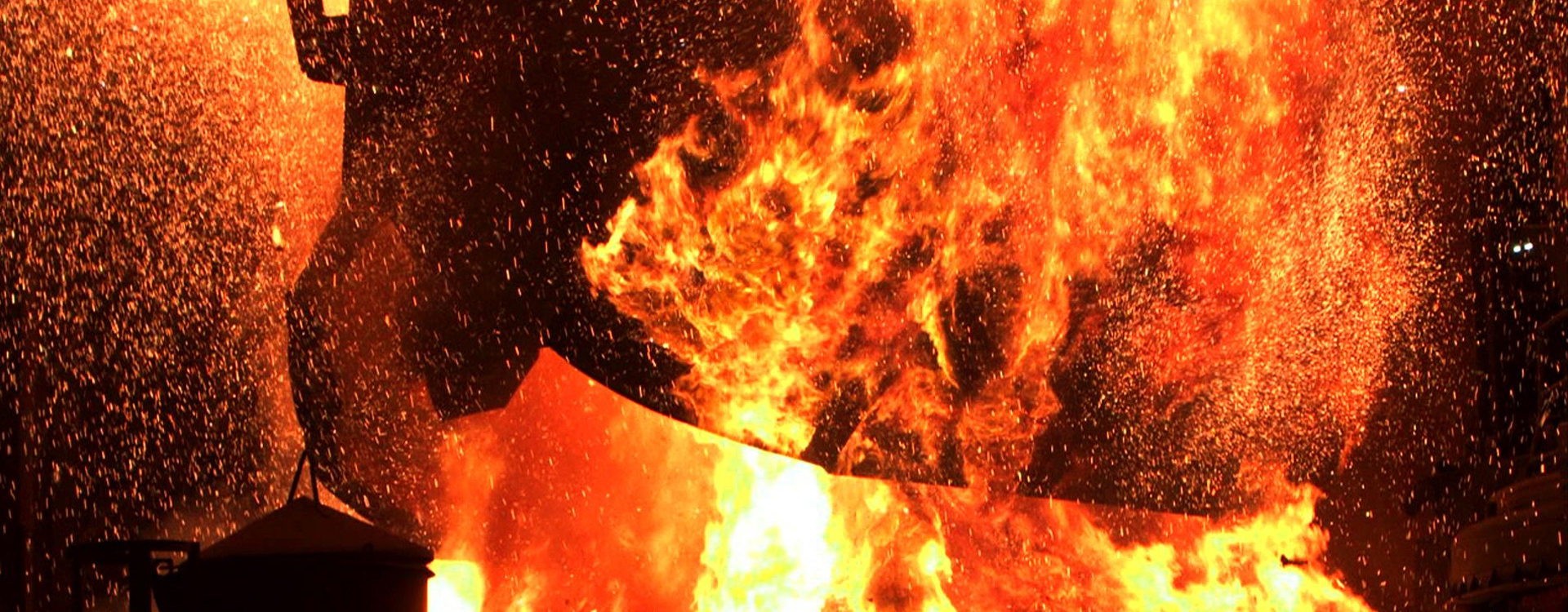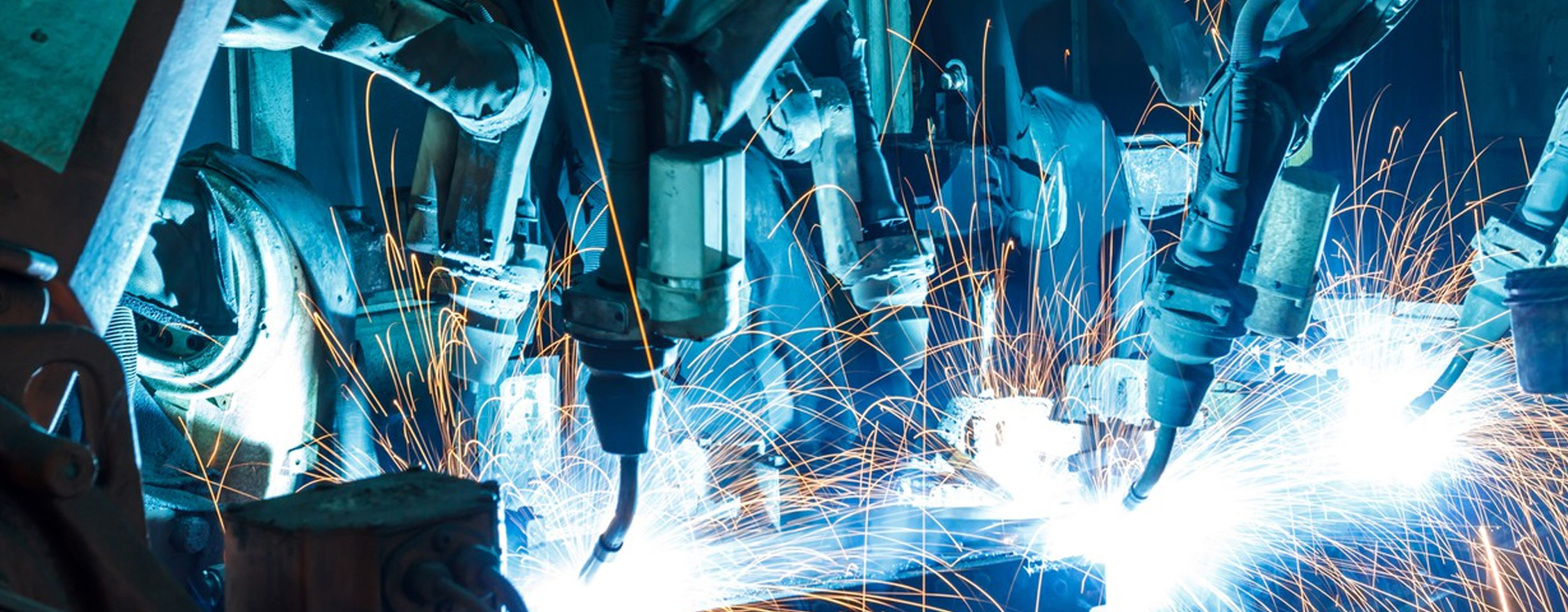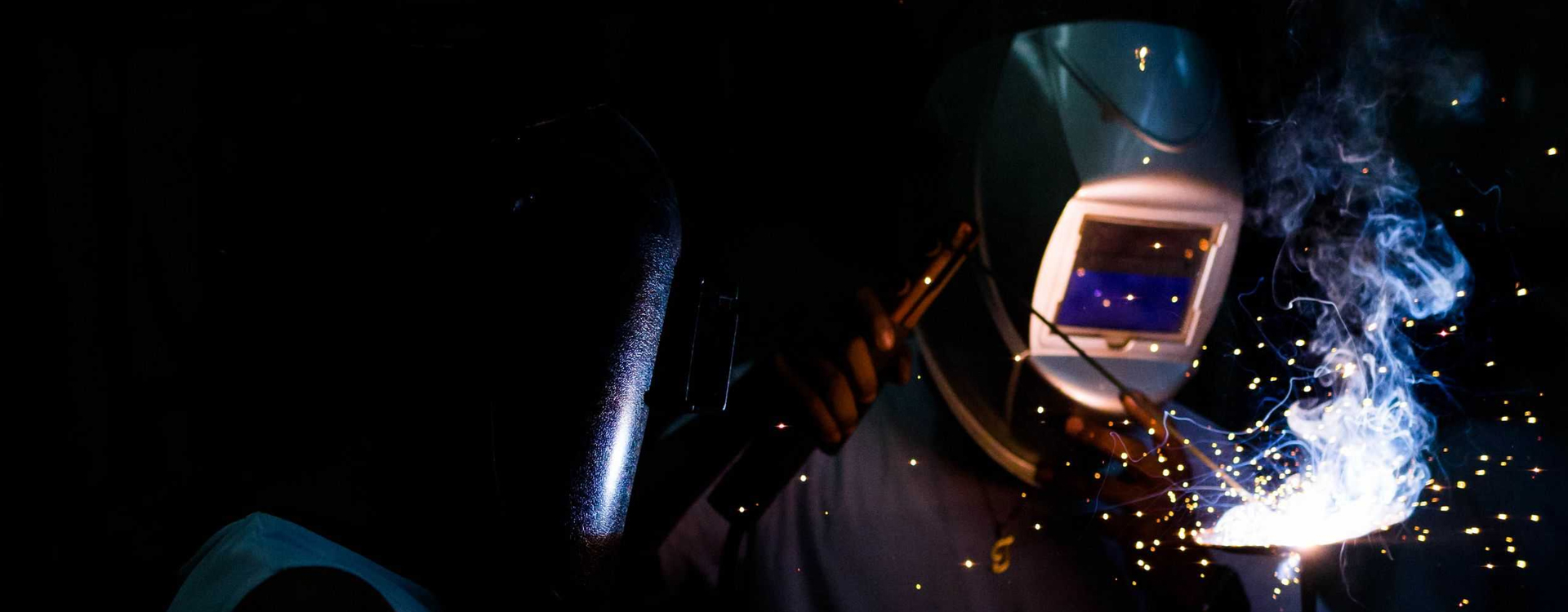Seminar Details
In the present study, we have introduced 1, 5, 10, 15, and 20 wt.% of Si into W, WNi, and WNiCo alloys through planetary milling and conventional sintering in hydrogen gas atmosphere at 1500 ⁰C for 2 hours. The alloy phase evolution and microstructure development have been characterized using XRD, SEM, and TEM, and the hardness and compression strength of the alloys are examined using UTM. The addition of Si into tungsten results in the formation of WSi2 and W5Si3 compounds after sintering. The percentage of these silicide increases with more Si addition. Due to the presence of these brittle compounds, the hardness of the material increases, and the compression strength decreases at higher Si percentages. The addition of Ni/Co, along with Si lowers the formation of intermetallic, and the compression strength of the tungsten has been retained in alloys up to 5 wt.% of Si. However, in the case of high wt.% of Si alloys, even in the presence of Ni/Co due to the more pronounced effect of intermetallic, the alloys become more brittle and subjected to early failure under compression test. Hence, alloys up to 5 wt.% of silicon has been selected as the optimum value. Further, 0.3 wt.% of Y2O3 particles are dispersed into WS1, WNS1, and WNCS1 alloys, and the alloys showed higher strength and hardness due to the combined effect of Ni, Co, Si, and Y2O3. The isothermal oxidation tests were performed on the sintered alloys at 800 ⁰C, 1000 ⁰C, and 1200 ⁰C for 10 hours. The activation energy of oxidation is increased with the silicon percentage in the tungsten due to the formation of SiO2 layer on the top of the tungsten. The presence of Ni/Co in the alloys provide more resistance to oxidation by forming NiWO4 and CoWO4 oxide layers in addition to SiO2. The addition of up to 1 wt. % Si along with Ni, Co, and Y2O3, showed the optimum mechanical properties and better oxidation resistance. Selective alloys are synthesized using SPS at 1300 °C for 10 min at 50 MPa pressure to observe the effect of consolidation technique on densification, hardness and oxidation properties of alloys.



